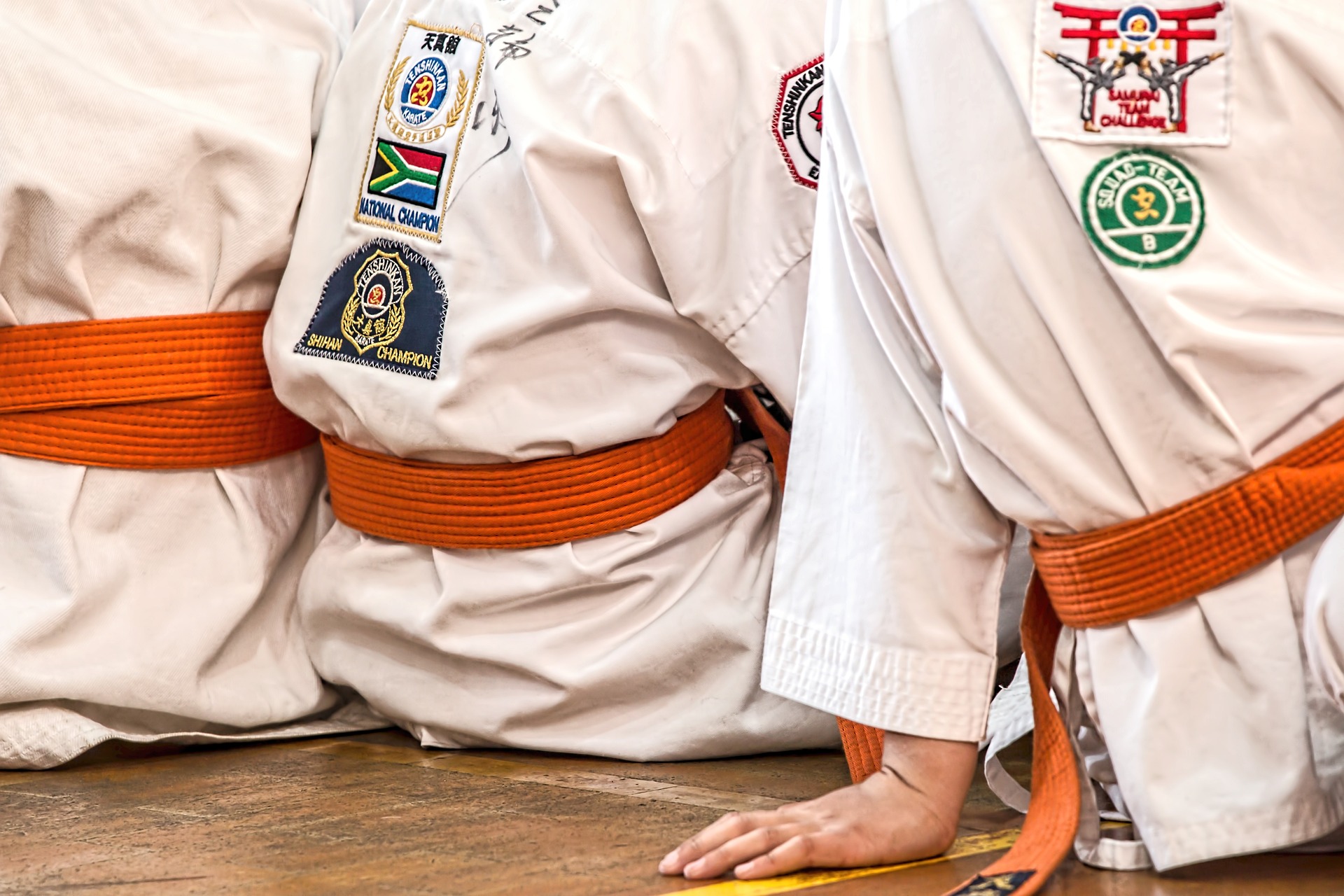Mixed Martial Arts: A Comprehensive Look at MMA's History, Development, and Modern-Day Landscape
Mixed Martial Arts, colloquially abbreviated as MMA, is a full-contact combat sport that has taken the world by storm. Combining techniques from various martial arts and combat sports, it offers a thrilling spectacle of strength, strategy, and skill. This article delves into its intriguing history, explores the significant progress it has made, and provides up-to-date insights into its current trends and the unique challenges it presents to athletes.

The Genesis of Mixed Martial Arts: A Historical Overview
Contrary to popular belief, Mixed Martial Arts is not a modern invention. Its roots can be traced back to ancient civilizations, where diverse combat styles were pitted against each other in arenas. The ancient Greeks, known for their love of sport and competition, developed a combat sport known as Pankration, which combined wrestling and boxing. This early form of MMA was even included in the ancient Olympic Games.
Fast forward to the 20th century, MMA began to take shape in its present form through various combat styles coming together. The most notable development was the creation of the Ultimate Fighting Championship (UFC) in 1993, which rapidly gained popularity and paved the way for MMA to become a global phenomenon.
Mixed Martial Arts Today: Trends and Analysis
MMA has evolved considerably in the past few decades, becoming one of the fastest-growing sports globally. The rise of prominent organizations like UFC and Bellator MMA has significantly increased its visibility. These organizations have also been instrumental in setting safety and regulatory standards for the sport.
One of the defining trends of modern MMA is the increasing emphasis on cross-training. Today’s MMA fighters no longer specialize in just one martial art; instead, they train in various combat styles to become well-rounded athletes. The ability to adapt and utilize different techniques has become paramount in the sport’s evolving landscape.
The Art and Science of MMA: Training Techniques and Performance Strategy
MMA involves a wide range of techniques, each with its own set of demands on the athlete’s body. As such, MMA training is complex and multifaceted, involving various components such as strength and conditioning, skills training, and tactical planning.
The benefits of this comprehensive training approach are numerous, from improved physical fitness and mental toughness to increased strategic thinking. However, the intensity and variety of training also bring unique challenges, including a higher risk of injury and the need for extensive recovery periods.
Making Sense of the Data: Research Findings on MMA
Several studies have been conducted to understand the demands and impacts of MMA on athletes. One research found that MMA fighters tend to have higher levels of aerobic and anaerobic fitness compared to athletes in other sports. This research also highlighted the importance of strength and power in the sport, emphasizing the need for comprehensive training programs.
Another study focused on the psychological aspects of MMA, finding that successful fighters often exhibit high levels of mental toughness, resilience, and focus. This underscores the importance of mental preparation in the sport, alongside physical training.
A Glimpse Into the Future: The Evolving Landscape of MMA
The future of MMA appears to be promising, with an ever-growing fan base, increasing sponsorships, and heightened media coverage. The sport is also becoming more accessible, with more and more training facilities and programs available for aspiring fighters.
However, the sport also faces challenges. Concerns about fighter safety, the lack of standardized regulations in some regions, and the ongoing debate about the appropriate use of weight cuts are areas that need attention. As MMA continues to evolve, it will be interesting to see how these issues are addressed to ensure the sport’s growth and sustainability.
Undeniably, MMA is more than just a sport; it’s a testament to human strength, resilience, and strategic brilliance. Its engaging combination of varied martial art techniques, rigorous training regimens, and fierce competition captivates audiences worldwide, making it a unique and exciting aspect of the sports world.




